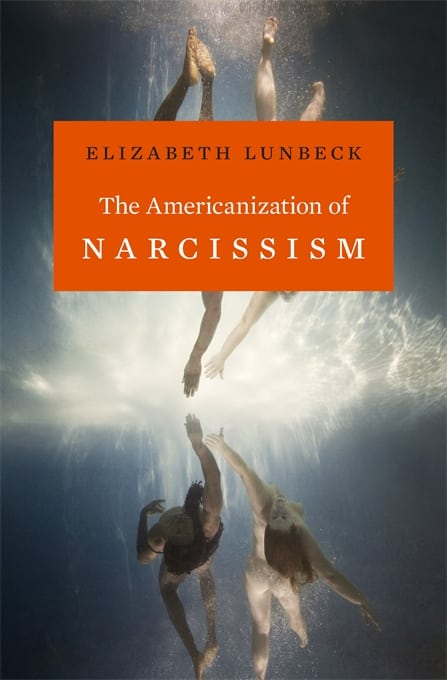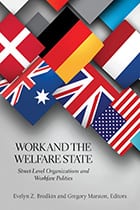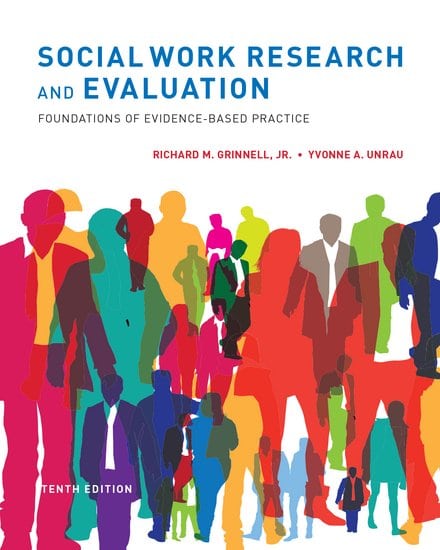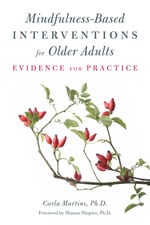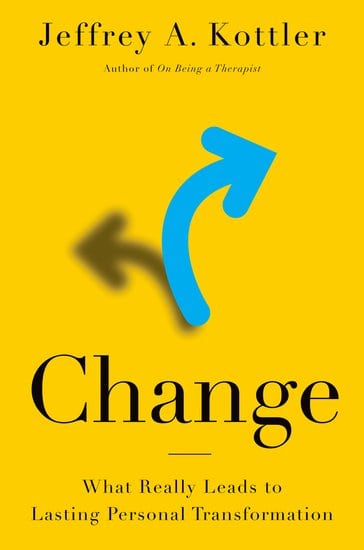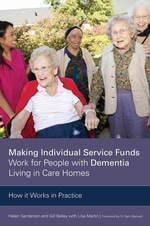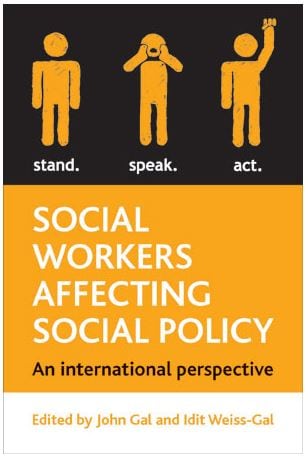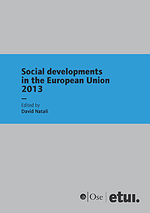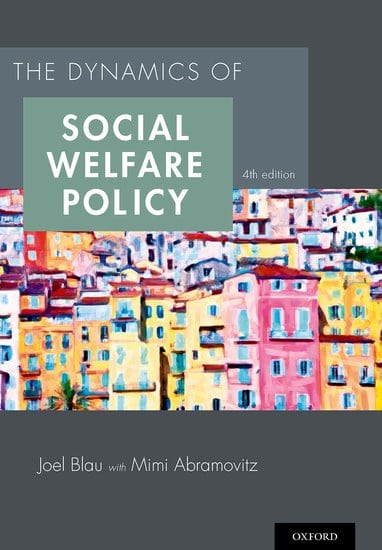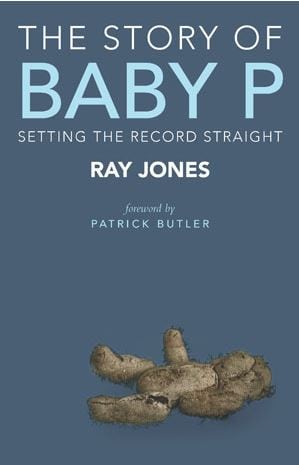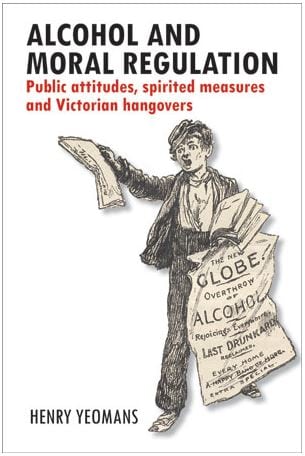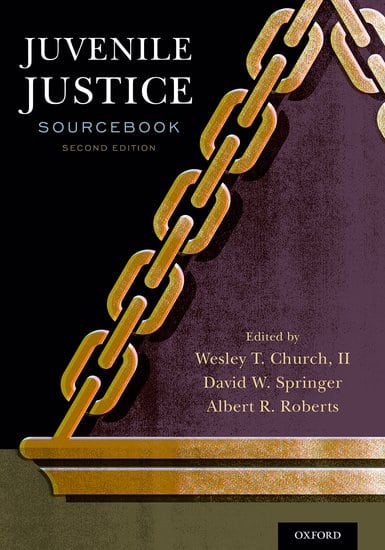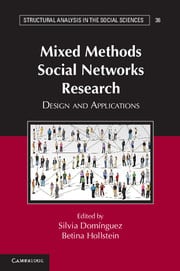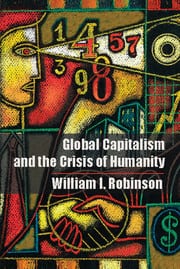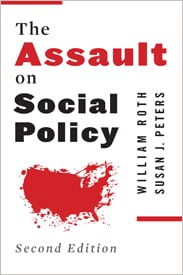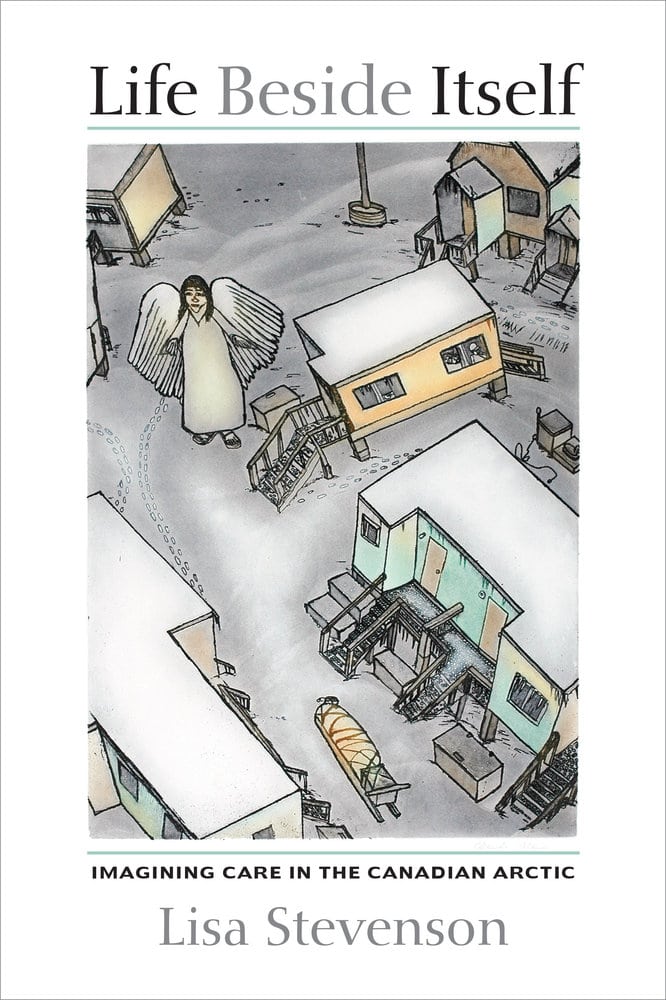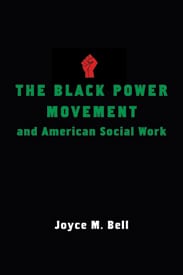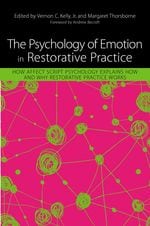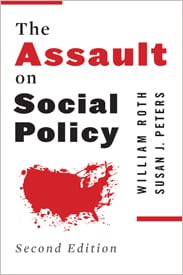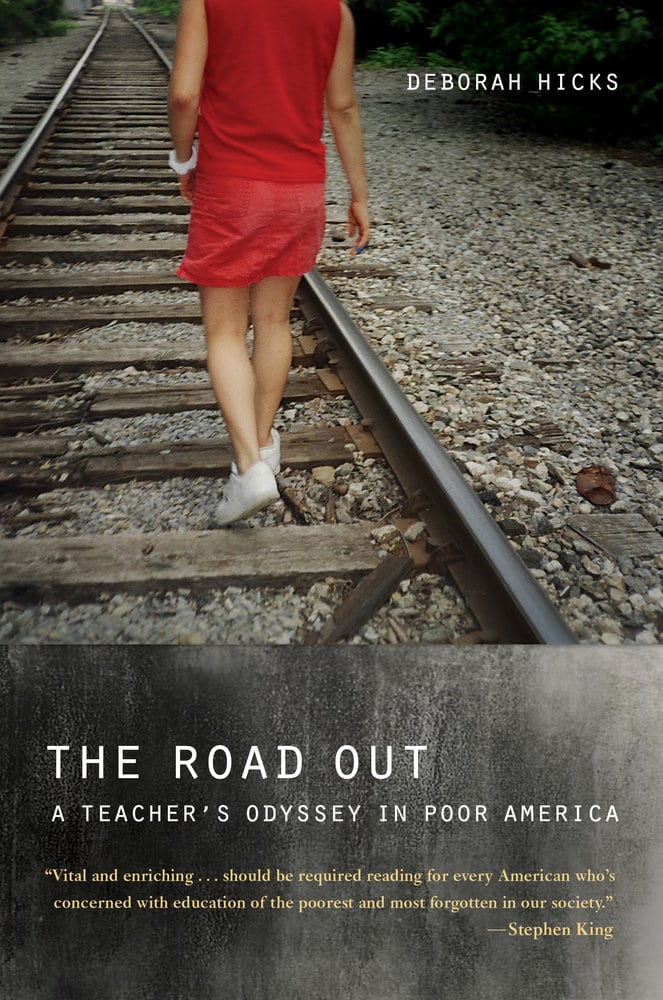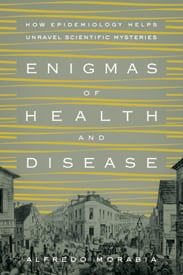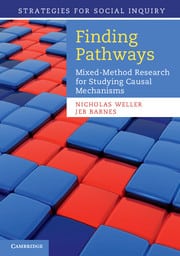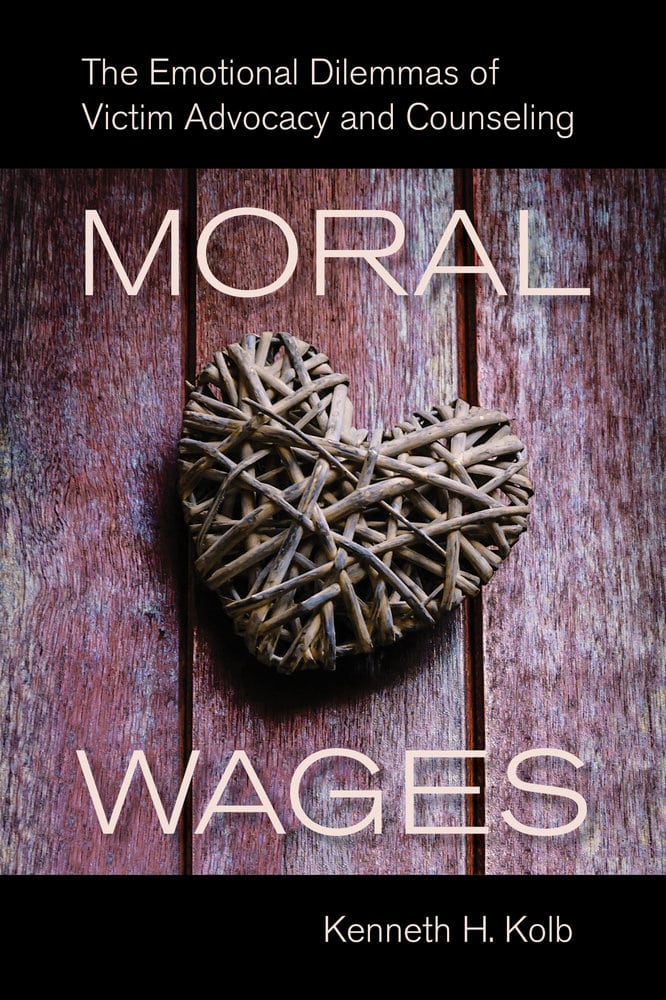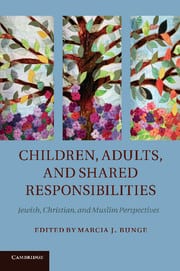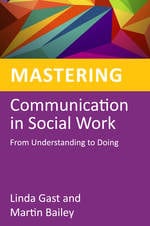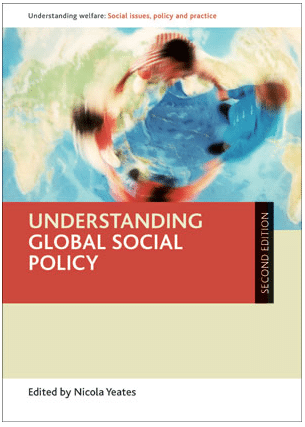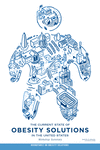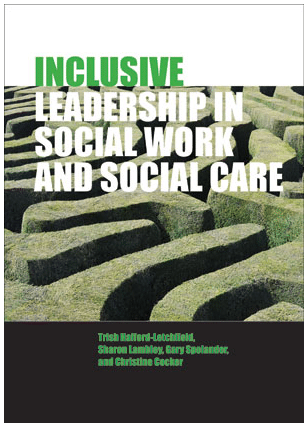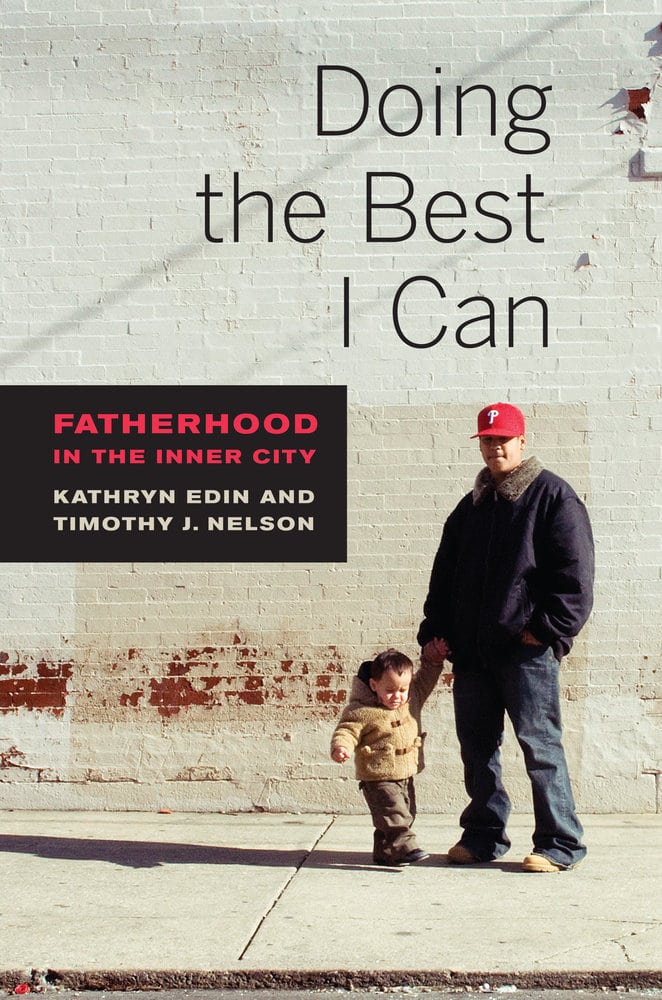Work and the Welfare State
Social Work Research and Evaluation, Tenth edition
Mindfulness-Based Interventions for Older Adults: Evidence for Practice
Change: What Really Leads to Lasting Personal Transformation
Making Individual Service Funds Work for People with Dementia Living in Care Homes
Social workers affecting social policy: An international perspective
Social developments in the European Union 2013
The Dynamics of Social Welfare Policy: Fourth Edition
Understanding restorative justice: How empathy can close the gap created by crime
Narrating Social Work Through Autoethnography
Hard-to-Survey Populations
The story of Baby P: Setting the record straight
Alcohol and moral regulation: Public attitudes, spirited measures and Victorian hangovers
Atheists in America
This collection features more than two dozen narratives by atheists from different backgrounds across the United States. Ranging in age, race, sexual orientation, and religious upbringing, these individuals address deconversion, community building, parenting, and romantic relationships, providing a nuanced look at living without a god in a predominantly Christian nation.
A Short Guide to Divorce Law in Ireland: A survival handbook for the family
This is handbook on what to expect when your relationship with your partner breaks down. It will act as a signpost to the reader through this devastating time. It contains accessible legal information on separation, divorce, civil partnership, cohabitation, mediation and collaborative practice and the general view of the Courts on these matters.
The Dominican Republic Reader: History, Culture, Politics
Adolescent Vulnerabilities and Opportunities: Developmental and Constructivist Perspectives
Juvenile Justice Sourcebook, Second Edition
The Street Casino: Survival in violent street gangs
Mixed Methods Social Networks Research: Design and Applications
Fiction: A social worker runs afoul of a survivalist in ‘Fourth of July Creek’
The Inner Life of the Dying Person
This unique book recounts the experience of facing one’s death solely from the dying person’s point of view rather than from the perspective of caregivers, survivors, or rescuers. Such unmediated access challenges assumptions about the emotional and spiritual dimensions of dying, showing readers that—along with suffering, loss, anger, sadness, and fear—we can also feel courage, love, hope, reminiscence, transcendence, transformation, and even happiness as we die.
Global Capitalism and the Crisis of Humanity
Bullying in Irish Education
The Assault on Social Policy
Life Beside Itself: Imagining Care in the Canadian Arctic
The Black Power Movement and American Social Work
The Psychology of Emotion in Restorative Practice: How Affect Script Psychology Explains How and Why Restorative Practice Works
The Assault on Social Policy, Second Edition
Based on incisive analyses of economic globalization, class, politics, and bureaucracy, The Assault on Social Policy examines the ordinary speech used to make poverty and extreme inequality seem acceptable, the corporate strategies co-opting the distribution of wealth and other resources, and the negative effect of these efforts on our more vulnerable citizens, such as those with disabilities, incarcerated individuals, children, and the elderly. This second edition incorporates new research on the hotly contested policies dealing with poverty, welfare, disability, social security, and health care. It also takes stock of the ongoing effects of globalization and adds a chapter on education.
